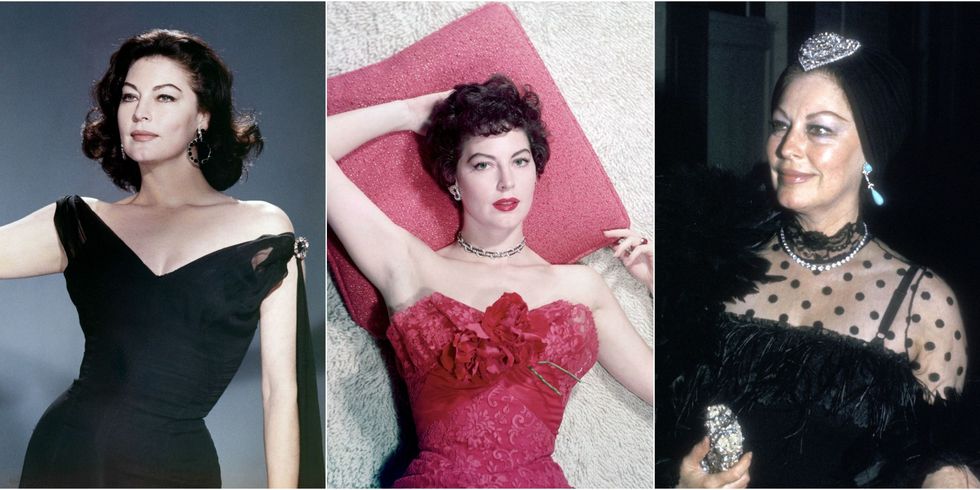Composition is a crucial element of any painting, and it is especially important in landscape painting. A well-composed landscape painting will have a balanced and harmonious arrangement of elements, with a clear focal point and a sense of depth and perspective.
So how do you go about composing a landscape painting? Here are a few tips to help you get started:
Choose a focal point: A focal point is the centre of interest in your painting, and it is usually the first thing that the viewer's eye is drawn to. In a landscape painting, the focal point could be a majestic mountain, a sparkling stream, or a cosy cottage nestled in the hills. Choosing a strong and compelling focal point is the key to creating a well-composed landscape painting.
Use the rule of thirds: The rule of thirds is a composition technique that involves dividing your painting into three equal horizontal and vertical sections. The idea is to place the focal point at one of the intersections of these lines, creating a balanced and harmonious composition.
Create a sense of depth: One of the key elements of a successful landscape painting is a sense of depth and perspective. This can be achieved through the use of techniques such as overlapping, size variation, and colour gradation. By creating a sense of depth, you can make your landscape painting more realistic and immersive.
Consider the light: The way light falls on a landscape can greatly affect its appearance, creating mood and atmosphere. In your landscape painting, consider the direction and quality of the light, and how it will affect the colours and textures of the scene.
Overall, the composition is a crucial element of landscape painting, and it is well worth taking the time to learn and master the techniques of composition. By following these tips, you can create well-composed and beautiful landscape paintings that will captivate and inspire.


